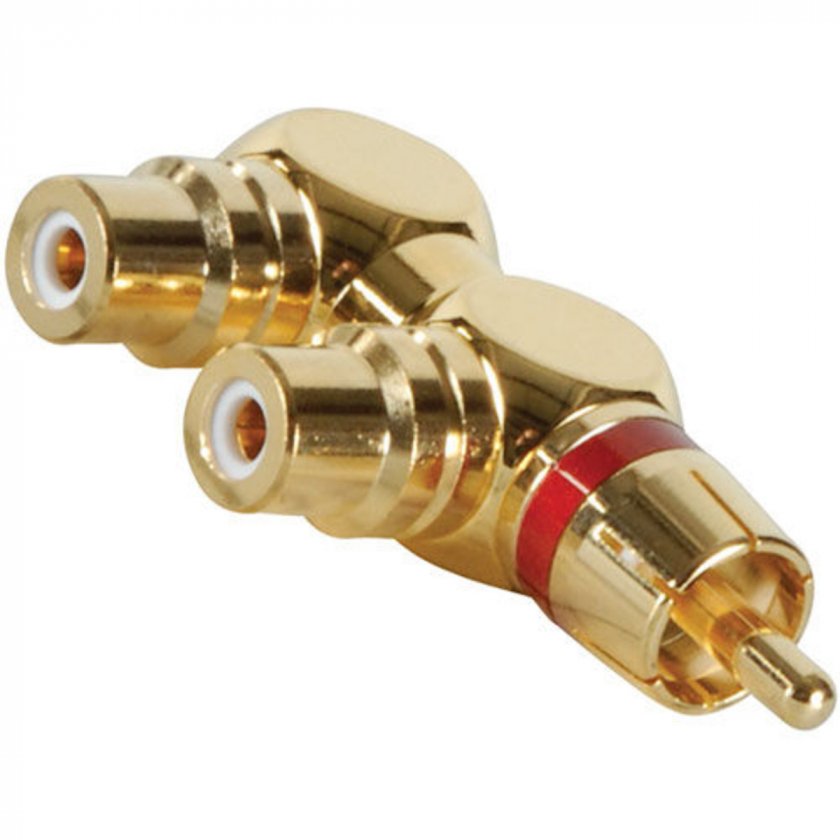Although there are some conditions where speaker level works adequitely, there are a lot of reasons it doesn't: Here is an excerpt from Rythmik's faq's page on speaker level hook up:
"We do sell models with speaker level inputs. But we do think that is a temporary solution rather than a "better sounding" solution. There are many reasons against speaker level inputs (mainly because using speaker level inputs mean the front speakers need to run full range signal):
1) Front speaker cone excursion is not reduced: Cone excursion goes up 4x for every octave lower in frequency. So 40hz needs 4x more excursion than at 80hz. And large cone excursion increases distortion and in particular "intermodulation distortion" (higher frequency (small excursion) signal is modulated by low frequency (large excursion)). The correct way to address this is put a high pass filter (HPF) on front speakers in order to reduce the cone excursion. This issue is particularly bad for ported front speakers as you may notice with full range signal, woofer in ported speakers have far more excursion than that in sealed front speakers. With the cone excursion reduced, the distortion from the front speakers is also reduced and the sound becomes more dynamic and coherent.
2) Bass response is not flat: No speaker designers will concede that his speakers need the help from subwoofers. So they will make their speakers sound more bassy as stand alone. The common trick is "bump then roll-off" which essentially is a high Q roll off with long ringing time. I believe this trick is first used in BBC LS3/5A. The plot below is from a close-mic measurement which does not account for the step up response above 150-200hz as the baffle width reflects more and more acoustic energy. Still it is easy to see this "bump then roll-off" trick. The consequence of this trick is the bass becomes almost one-note, artificial, and fatiguing. To correct that you need a HPF to roll-off the front speakers at frequencies high enough it will attenuate this characteristic. Without HPF, you will still hear emphasis (and therefore coloration) from the front speakers.
3) Not feasible with large ported floorstanding speakers: If your front speakers are large ported floorstanding speakers, they are the most difficult to integrate because those speakers already go down to 30hz or 20hz. Now customers want to extend to 10hz. But the frequencies below 30hz are not very audible. Without a measurement microphone, It becomes very difficult to adjust phase on the subwoofer so that subwoofer and front speakers are phase aligned. If HPF is used, the crossover point would have been increased from 30hz to something like 70hz or 80hz. At those frequencies, it is much easier to tell by ear if phase alignment is correct. In our experience, most customers in this group will return the subwoofers unless they use HPF.
4) Tube power amplifier issue. If your power amplifier is tube-based, then speaker level input method has one additional drawback. Tube power amplifiers are known to have low damping factor (DF). Low DF means the frequency response from tube power amp is highly load dependent. If one connects to 5 different speakers, it gives you five different frequency response curves at the power amplifier outuput. Sonically bass has always been the weakness of tube power amps with bass often perceived as sloppy and under-controlled. Stereophile has been publishing deviation of FR using their pseudo speaker load when reviewing tube power amplifiers. The plots show wavy frequency response. If one uses the tube power amp output to drive subwoofer inputs, the same sloppy/ill-controlled bass from the front speakers will transfer to subwoofer and also make subwoofers sound sloppy and under-controlled.
5) Can lead to damage when connected to fully complementary class-D power amplifier. Our speaker level inputs are designed with single-ended power amplifier outputs in mind. "Single-ended" means the red speaker terminal (+) carrys hot signal and black terminal (-) is true ground. Accidentally touching the black terminals from both channels will not lead to amplifier damage. Some class-D power amplifiers are single-ended while the majority are fully complementary which means the black terminals at the back of power amplifiers are not true ground. Instead, the black or (-) terminal has an opposite polarity of the red or (+) terminal. Accidentally touching the black terminals from both channels can lead to amplifier damage."
Also, is your sub a "Micro" 3000 maybe? See nothing on "Mini". From the stock photo, the Micro does not provide speaker level inputs. Only rca, interconnect from your preamp (secondary) output. I bought a pair of these to try with preamps without a secondary output, BUT I haven't had the need to try it yet.

-Dieter